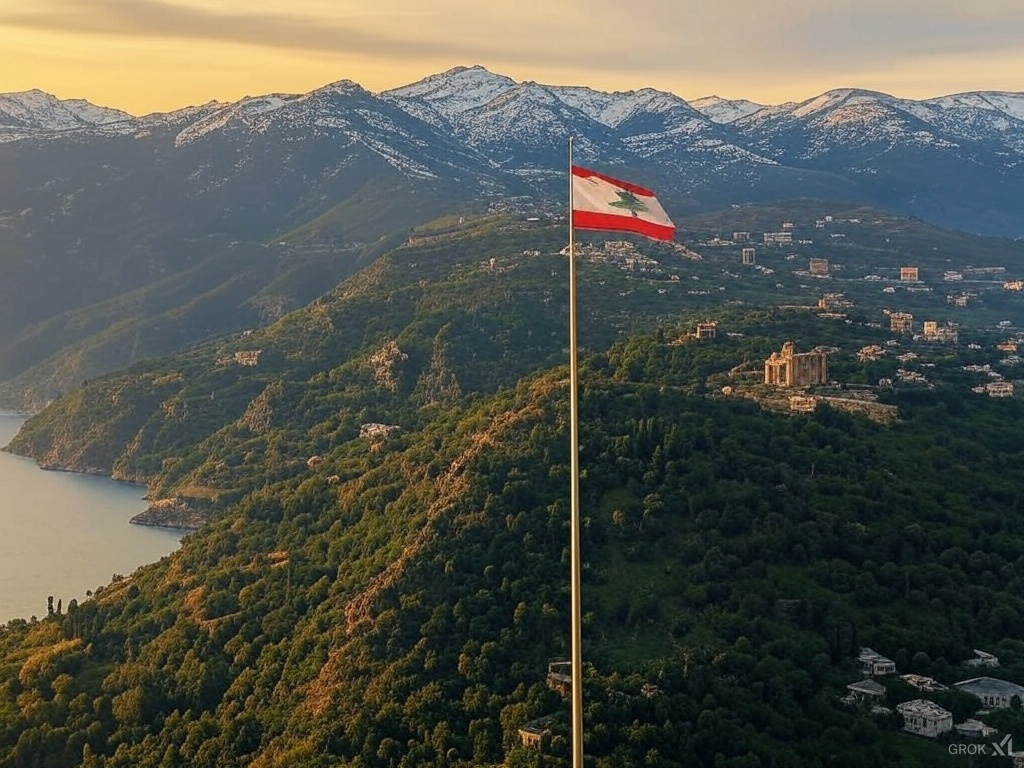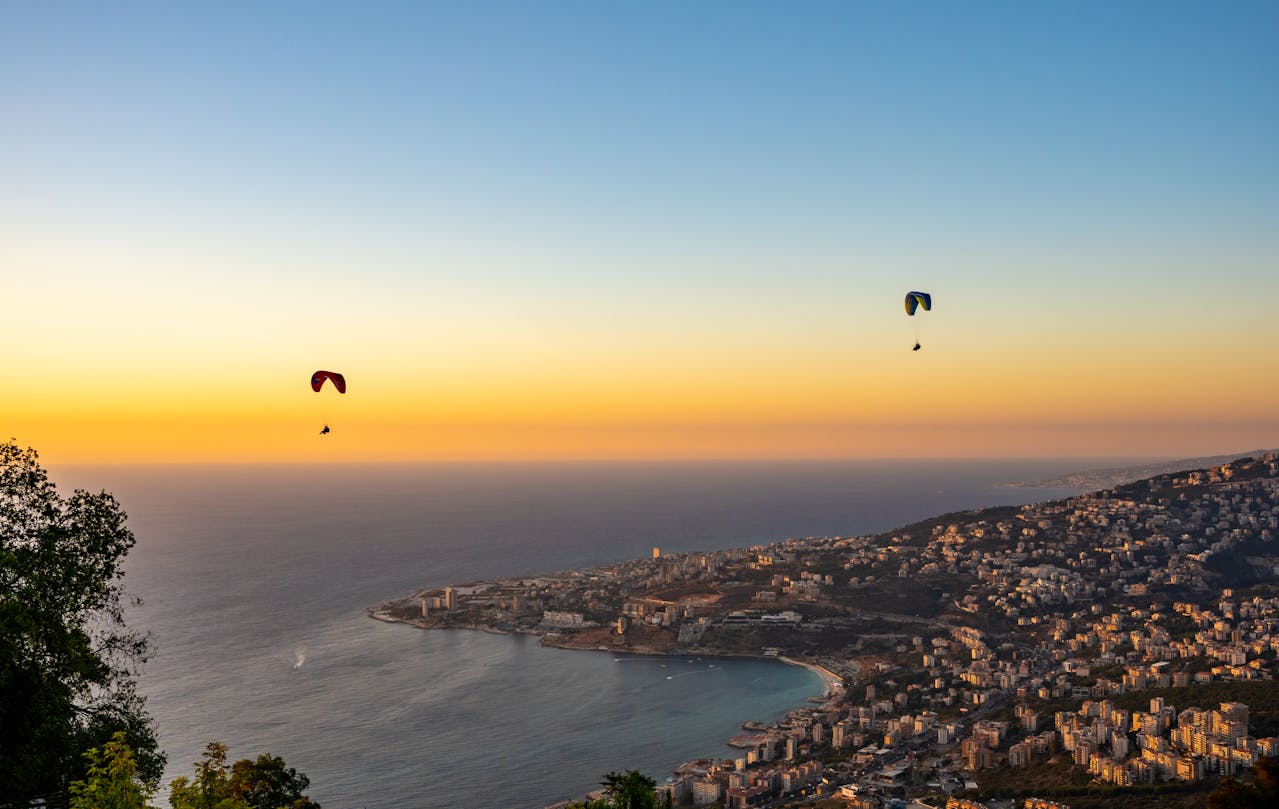Nestled in the rugged embrace of northern Lebanon’s Akkar region, Qlayaat Airport also known as René Mouawad Air Base sits like a silent sentinel, a relic of history poised just 7 kilometers from the Syrian border. Once a bustling hub during the tumultuous years of Lebanon’s Civil War, this airfield now whispers tales of its past while gazing toward an uncertain future.
Constructed in 1934, it predates Beirut’s more famous Rafic Hariri International Airport, and its 3,000-meter runway still holds promise for those dreaming of its revival. But for now, it remains a military outpost, its distance to Lebanon’s major cities a tantalizing puzzle for travelers and strategists alike.
Let’s embark on a journey to measure the stretches of road and sky that connect Qlayaat to the beating hearts of Lebanon’s urban landscape.
Tripoli: A Stone’s Throw to the Coast
Just 26 kilometers southwest of Qlayaat Airport lies Tripoli, Lebanon’s northern gem and its second-largest city. Picture this: a swift drive along the coastal highway, where the Mediterranean’s salty breath brushes against the cliffs, and the skyline hints at Tripoli’s ancient minarets and bustling souks.
This distance, roughly 16 miles, is a mere hop for an airport once used by Middle East Airlines to shuttle passengers during the war-torn late 1980s. By car, the journey takes about 30 minutes on a good day no small feat in a country where winding roads and traffic can turn even short trips into odysseys.
Tripoli, with its historic citadel and vibrant port, feels like a natural companion to Qlayaat, a neighbor close enough to hear its whispers of potential.
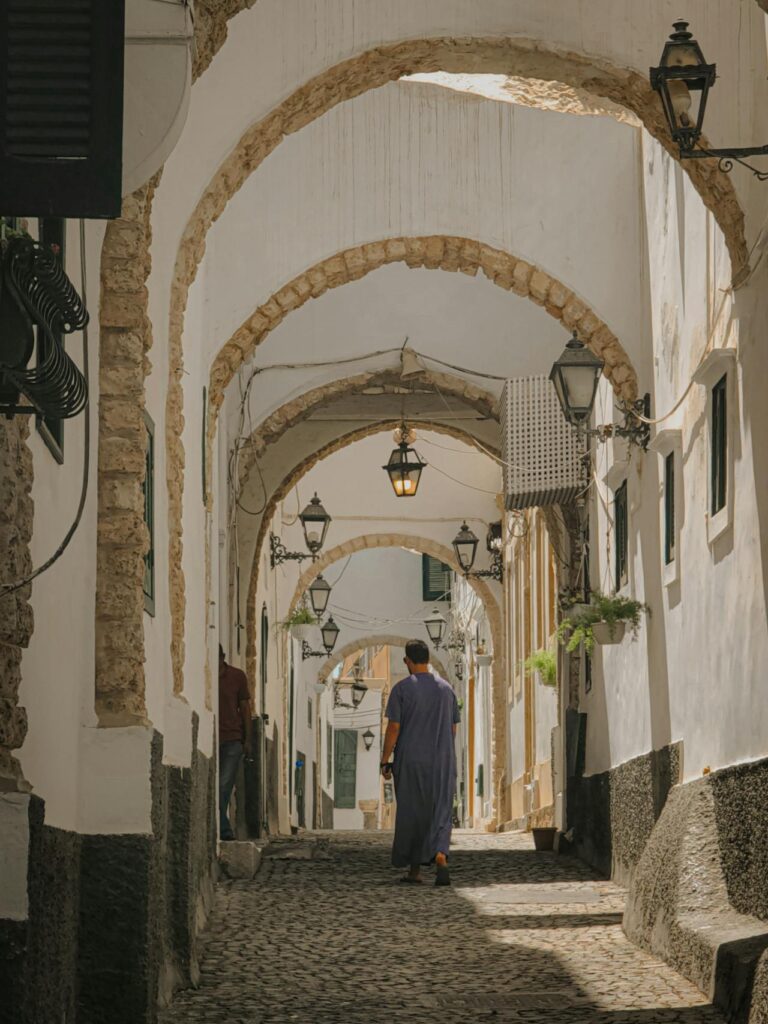
Beirut: The Distant Capital Calling
The heartbeat of Lebanon, Beirut, lies 105 kilometers south of Qlayaat Airport a distance that unfurls like a ribbon through the country’s mountainous spine. This 65-mile trek is no leisurely stroll; it’s a descent from the north’s rugged terrain into the chaotic, captivating sprawl of the capital.
By road, the journey clocks in at around 1 hour and 45 minutes, assuming the highways remain kind and the traffic gods smile. Start at Qlayaat, wind through the coastal stretch past Tripoli, then hug the curves of the Beirut-Tripoli motorway a dual-carriageway marvel spanning 81 kilometers of its own.
Beirut’s glittering skyline, punctuated by the scars of its past and the buzz of its present, emerges as a distant prize. For pilots, the straight-line flight path cuts the distance to about 90 kilometers, a tempting prospect if Qlayaat ever reopens to civilian wings.
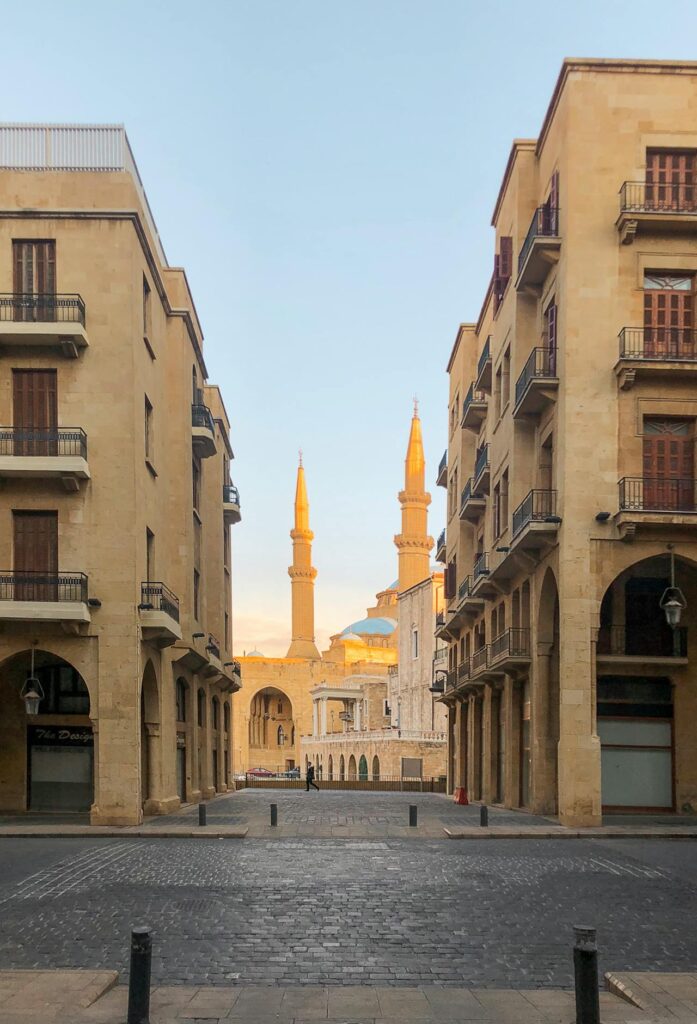
Zahlé: The Bekaa Valley’s Hidden Gem
Turn your gaze southeast, and you’ll find Zahlé, the wine-soaked capital of the Bekaa Valley, approximately 130 kilometers from Qlayaat Airport.
This 81-mile journey pulls you inland, away from the coast and into Lebanon’s fertile breadbasket. The road trip roughly 2 hours and 15 minutes weaves through the Mount Lebanon range before dipping into the valley’s embrace. Imagine the transition: from Akkar’s wild, untamed hills to the orderly vineyards and red-roofed charm of Zahlé.
The straight-line distance shrinks to about 110 kilometers, a reminder of how Lebanon’s compact size belies its dramatic shifts in scenery. Zahlé, with its riverside cafés and poetic allure, feels like a world apart, yet it’s tethered to Qlayaat by the promise of proximity.
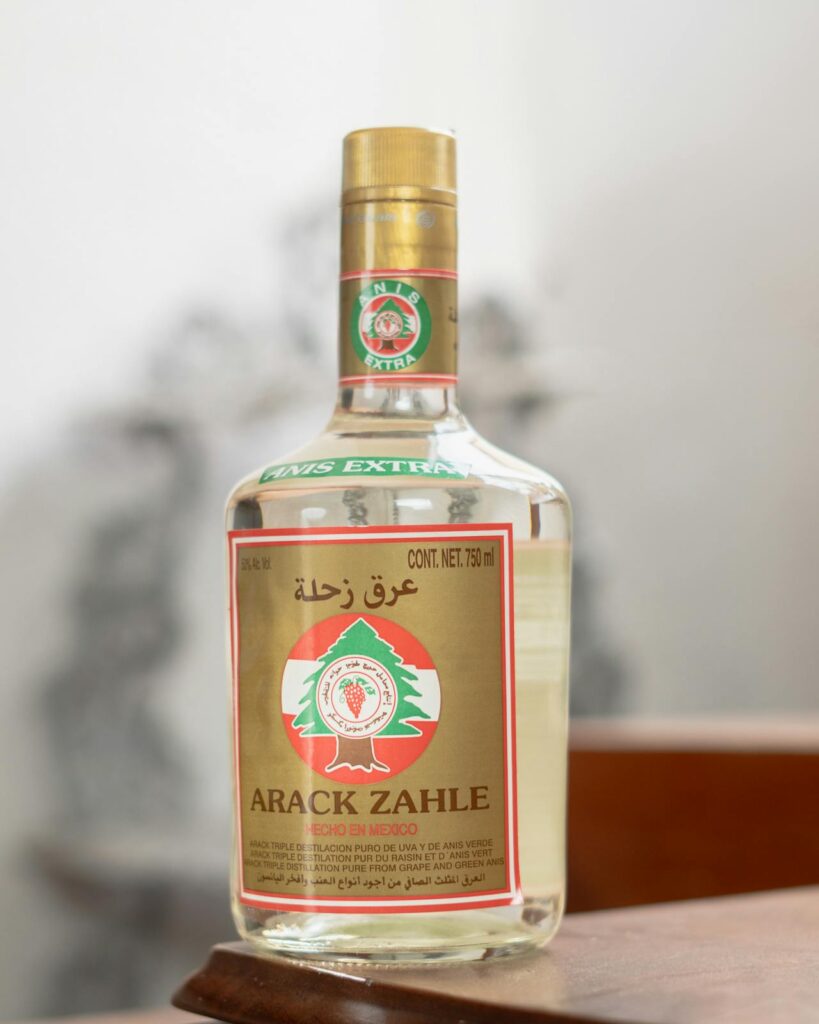
Sidon: The Southern Coastal Echo
Further down Lebanon’s coast, Sidon or Saida rests 145 kilometers from Qlayaat Airport, a journey of about 90 miles. Driving south along the coastal route, you’d pass Beirut before reaching this ancient Phoenician port, a trip that takes roughly 2 hours and 30 minutes.
The road unfurls past sandy beaches and fishing boats bobbing in the harbor, with Sidon’s Sea Castle standing guard like a weathered storyteller.
The air distance trims down to around 125 kilometers, a tempting arc for any aircraft that might one day lift off from Qlayaat’s runway. Sidon’s markets and Crusader-era relics make it a magnetic draw, a southern echo to Tripoli’s northern song.

Tyre: The Edge of the South
Push even farther south, and you’ll hit Tyre, a UNESCO World Heritage city 175 kilometers from Qlayaat Airport. This 109-mile odyssey takes about 3 hours by car, tracing the coastline through Beirut and Sidon before arriving at Tyre’s Roman ruins and turquoise waters.
The straight-line distance hovers around 150 kilometers, a testament to Lebanon’s slender frame stretching along the Mediterranean. Tyre feels like the edge of the world from Qlayaat’s northern perch an ancient city where history seeps from every stone, yet one that remains within reach, a final frontier in this network of distances.

Baalbek: The Roman Majesty Inland
Swing northeast into the Bekaa Valley, and Baalbek awaits a colossal testament to Roman grandeur 150 kilometers from Qlayaat Airport. Spanning 93 miles, this route demands about 2 hours and 30 minutes by car, cutting through Tripoli before veering into the valley’s vast expanse.
The air distance drops to roughly 120 kilometers, hinting at the efficiency of flight over Lebanon’s labyrinthine roads. Baalbek’s towering temples, dwarfing all around them, stand in stark contrast to Qlayaat’s quiet airstrip, yet the two are bound by Lebanon’s intricate web of geography.

Byblos: The Ancient Port of Legends
Closer to the capital, Byblos or Jbeil sits 70 kilometers south of Qlayaat Airport, a journey of about 43 miles. This coastal treasure, one of the oldest continuously inhabited cities in the world, is reachable in roughly 1 hour and 15 minutes by car.
The route follows the same coastal artery as the trip to Beirut, passing Tripoli before unveiling Byblos’ ancient harbor and stone-clad ruins.
The straight-line distance shrinks to around 60 kilometers, a short leap that bridges Qlayaat to a city where Phoenician alphabets were born and Crusader castles still stand watch. Byblos feels like a midpoint, a historical pause between north and south.
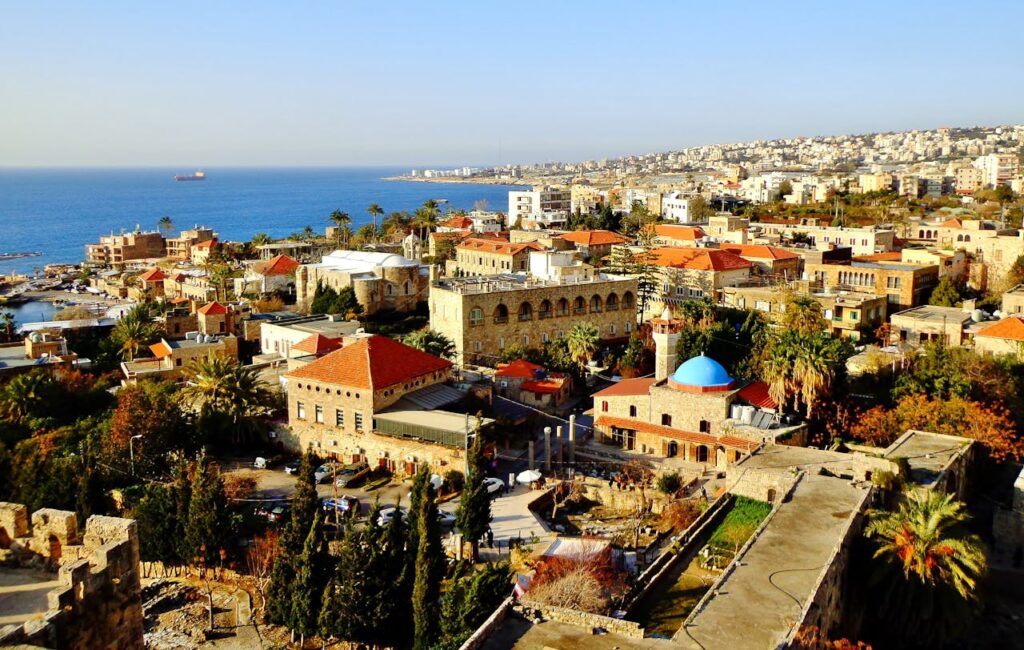
Batroun: The Seaside Serenity
Just 50 kilometers south of Qlayaat Airport lies Batroun, a quaint coastal town stretching across 31 miles of Lebanon’s shoreline. By car, this trip takes about 1 hour, a breezy drive along the Mediterranean’s edge where citrus groves and fisherman’s nets paint the landscape.
The air distance cuts to roughly 45 kilometers, a whisper of a journey that connects Qlayaat to Batroun’s laid-back charm think stone churches, Phoenician walls, and the scent of fresh seafood wafting through the air. It’s a quieter cousin to Tripoli, yet no less captivating.
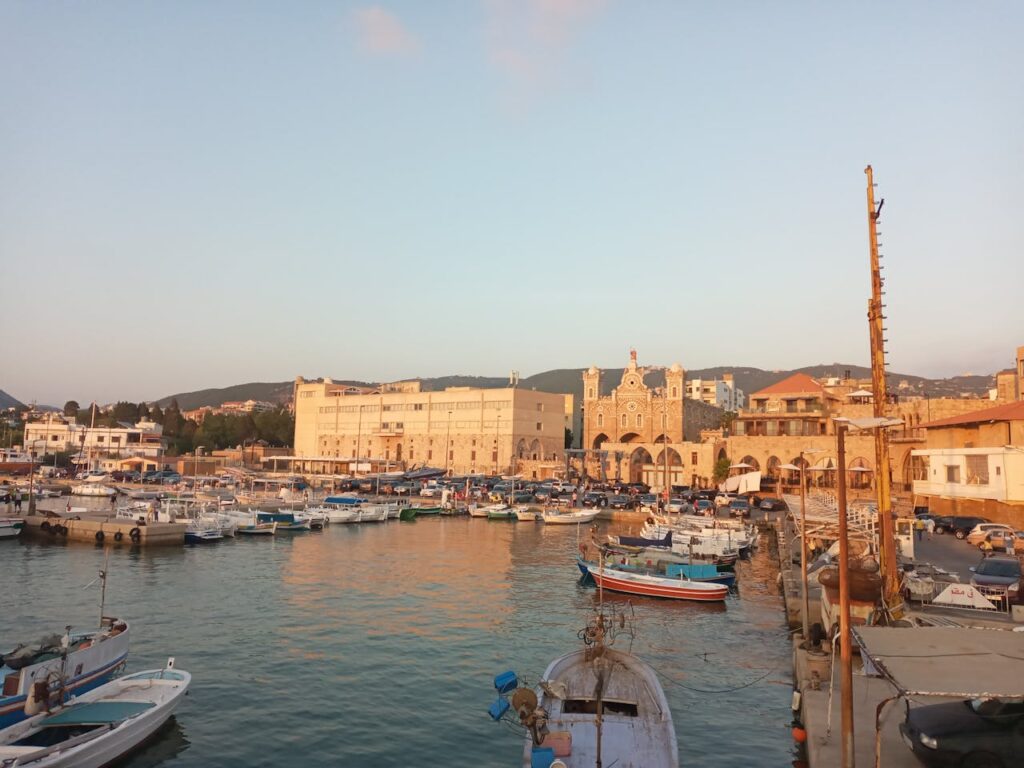
Jounieh: The Bay of Lights
A bit farther south, Jounieh sparkles 85 kilometers from Qlayaat Airport, covering about 53 miles. This resort city, famed for its nightlife and the iconic Harissa cable car, is a 1-hour-and-30-minute drive along the coastal highway. The road skims past Batroun and Byblos, offering glimpses of Jounieh’s shimmering bay before arriving at its bustling heart.
The straight-line distance drops to around 75 kilometers, a tease of how close yet distinct this vibrant hub feels from Qlayaat’s northern solitude. Jounieh’s energy is a stark contrast to the airfield’s stillness.
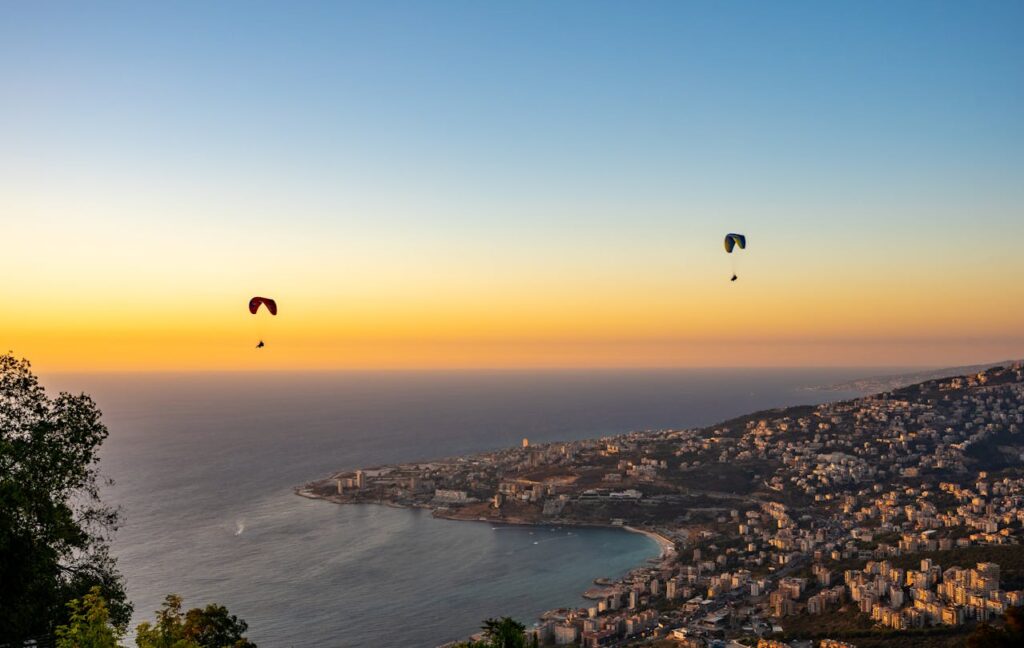
Anjar: The Umayyad Outpost
Inland once more, Anjar beckons from the Bekaa Valley, 140 kilometers southeast of Qlayaat Airport about 87 miles. This 2-hour-and-20-minute drive mirrors the route to Zahlé before branching toward Anjar’s Umayyad ruins, a testament to Lebanon’s layered history.
The air distance narrows to roughly 115 kilometers, linking Qlayaat to a city that feels like a time capsule amidst the valley’s sprawl. Anjar’s quiet streets and ancient arches offer a contemplative detour from the coastal clamor.

A Tapestry of Distance and Dreams
From Qlayaat Airport, Lebanon’s major cities fan out like spokes on a wheel, each a distinct thread in the nation’s tapestry. Tripoli’s 26 kilometers feel like a handshake; Batroun’s 50 kilometers, a gentle nod; Byblos’ 70 kilometers, a historical embrace; Jounieh’s 85 kilometers, a lively wink; Beirut’s 105 kilometers, a longing gaze; Zahlé’s 130 kilometers, a pastoral detour; Anjar’s 140 kilometers, a reflective pause; Sidon’s 145 kilometers, a coastal caress; Baalbek’s 150 kilometers, an inland marvel; Tyre’s 175 kilometers, a southern pilgrimage.
These distances measured in kilometers, miles, and minutes tell a story of a small country with a big soul, where every corner is reachable yet richly unique.
Today, Qlayaat Airport slumbers as a military base, its runway a silent promise of what could be. Experts tout its advantages less prone to sandstorms than Beirut, strategically perched in the north but its future hinges on politics, agreements with Syria for airspace, and the will to breathe life back into its tarmac.
For now, it’s a starting point for this imagined journey, a launchpad to Lebanon’s urban constellation. Whether by road or sky, the distances from Qlayaat weave a narrative of connection, resilience, and the enduring pull of a land that refuses to be defined by its size alone.
